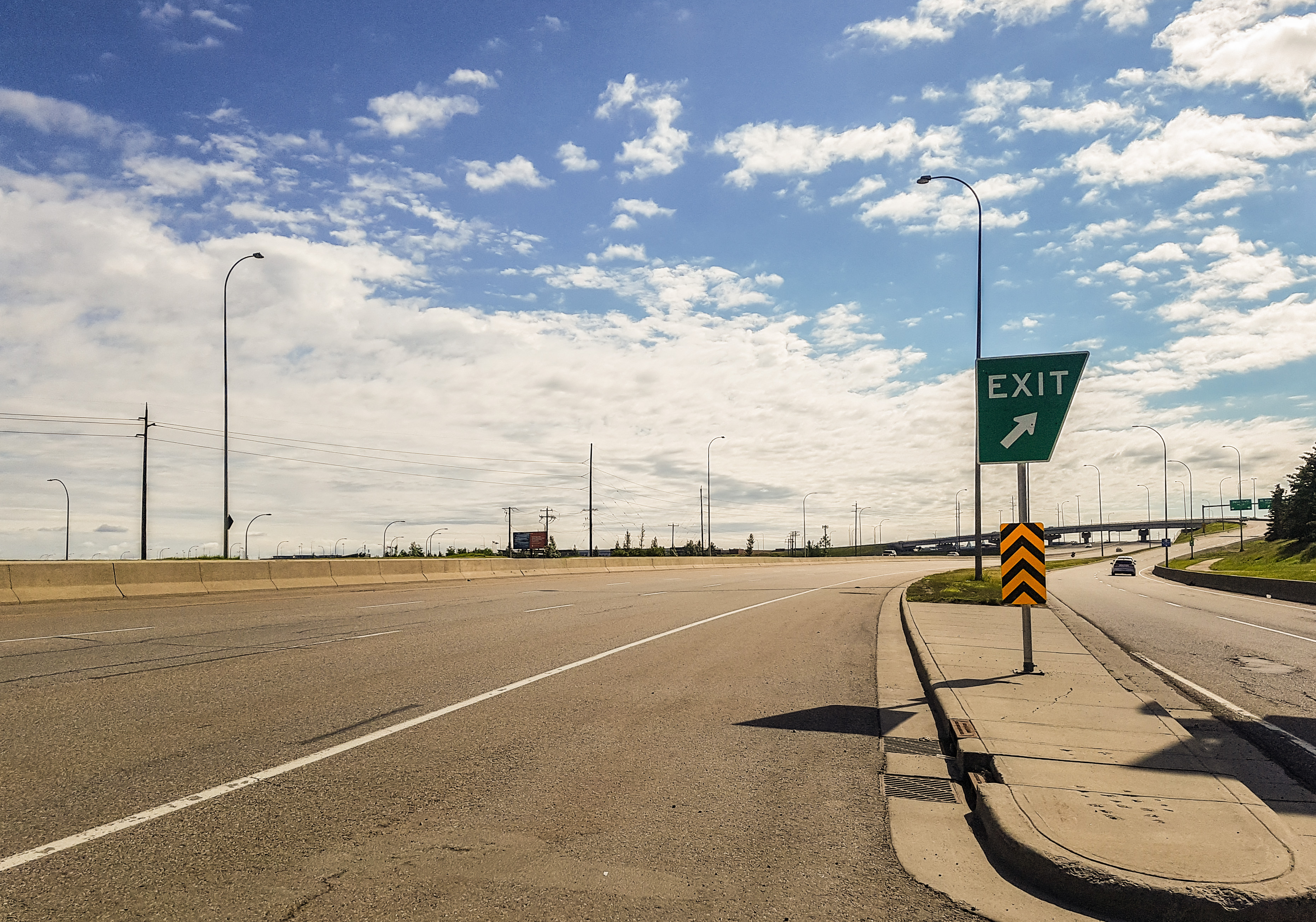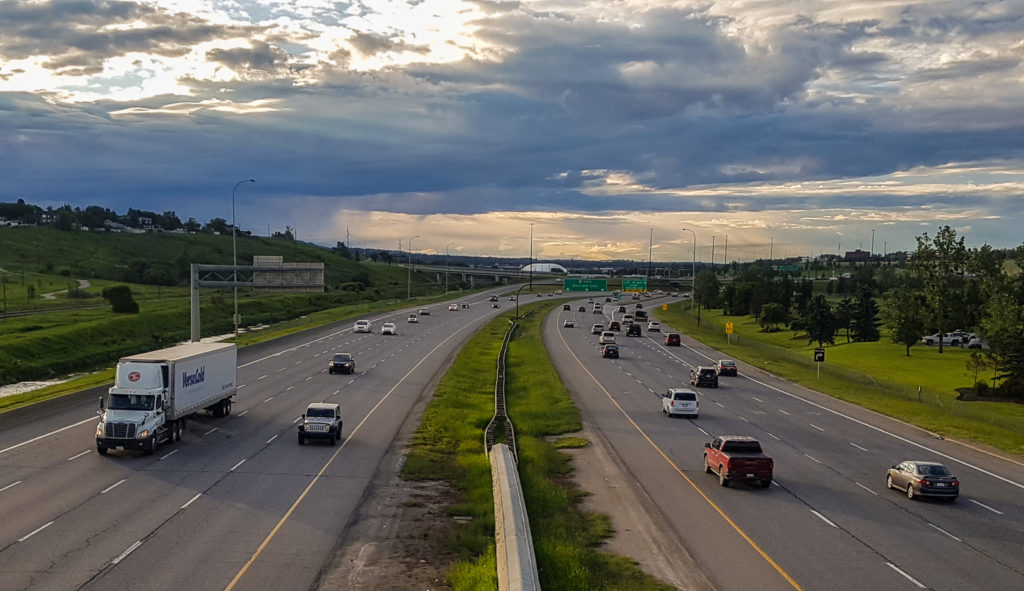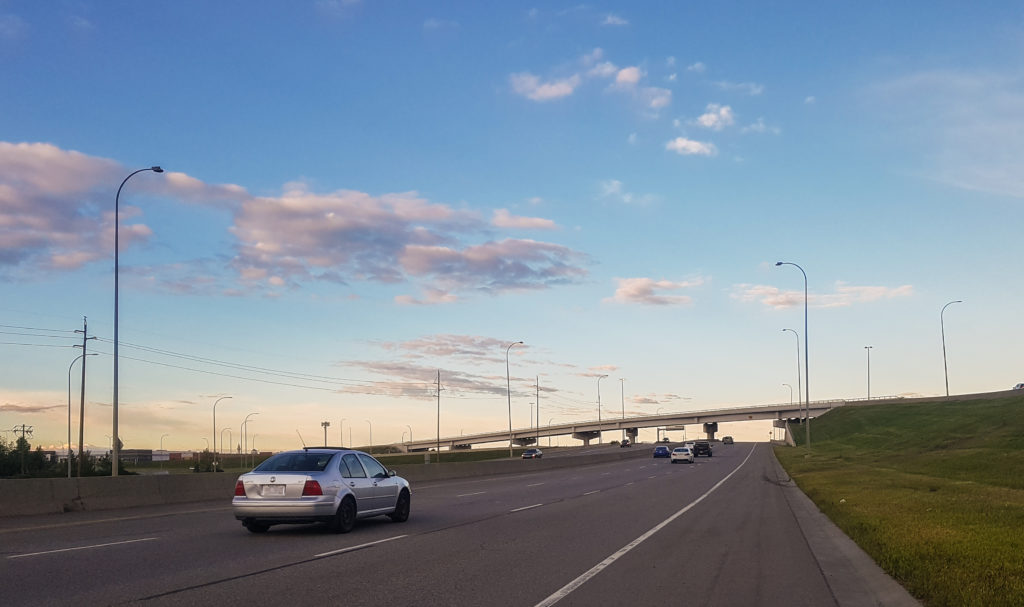Calgary Roads: Origin of Names

Whenever we hear these names, we recognize them as means to get from one place to another. We seldom – or not at all – wonder how these names ended up in the paths we take. Here are some of the stories and people behind the names that we use now to call the popular roads in Calgary.
Deerfoot Trail

Deerfoot was a popular Blackfoot long distance runner in 1880. His real name was Api-kai-ees which translates to Scabby Dried Meat. He was later called Deerfoot, which was coined by his promoters after he won against a number of popular runners here in Calgary. His success led him to be known not only across the city, but even in the United States after being featured in many American sports journals. Unfortunately, his life turned upside down after losing in a fixed race, which ended his career. He then lived a life in and out of jail until he died of tuberculosis at the Mounted Police infirmary in Calgary in 1897. Soon, one of the biggest Calgary roads was named after him.
Macleod Trail
MacLeod Trail had multiple layers of stories from different timelines until it ended up being called what it is today. In 1924, it was intended as a portion of the north-south route between Mexico and Alaska, and was then called Sunshine Trail. Later on, it had its first official name, Drinkwater Street. For a period of time, the part that runs alongside Stampede Park was also called Stampede Way. Its current name, as the trail runs from Calgary to Fort Macleod down south, came from Col. James MacLeod. He served as the commissioner of the North West Mounted Police from 1876 to 1880.
John Laurie Boulevard
John Lee Laurie was respected and loved by both Indigenous and non-Indigenous people for his selfless engagement for the well-being of various Alberta tribes. Born in Ontario, he moved west in 1920 and taught English and Latin. In 1956, he had to retire from academics due to his ill health. However, despite his condition, he took the position of secretary of the Indian Association of Alberta from 1944 until his death and brought impactful reforms for the Indigenous people, who has considered him one of theirs. To the Stoneys, he is White Cloud; to the Sarcee, Detanisi-tami (Sitting Eagle), and to the Blood tribe, Mekaisto (Red Crow). He is buried in the Stoney Indian cemetery at Morley, Alberta. John Laurie is one of the major Calgary roads in the northern part of the city.
McKnight Boulevard

Flying Officer William Lindstone McKnight (1919-1941) had a great story to tell despite dying at a young age. He was one of the top tier pilots during World War II, having shot down 23 German planes before he got killed during hisflight over France in 1941. He received the Distinguished Flying Colors in 1940 after he shot down four planes in two days,then another bar to the cross for taking down six more planes during the Battle of Britain. Today, the eastern portion of what used to be a part of John Laurie Boulevard is now named after him.